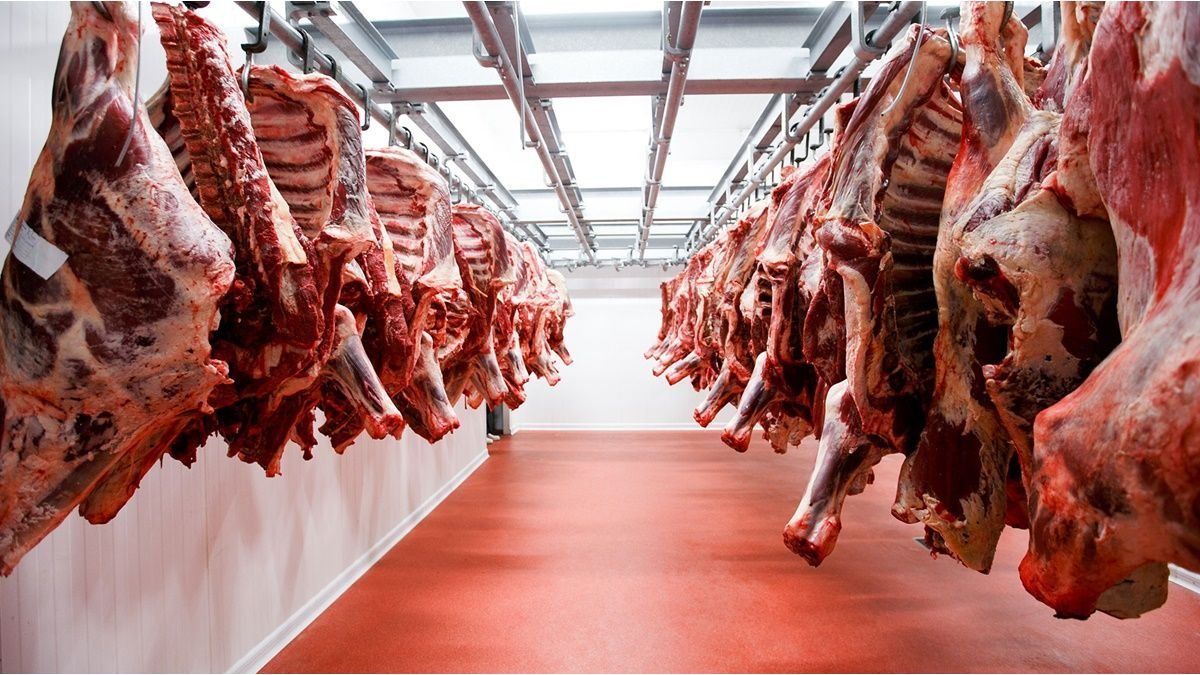For years, places in homes for those in need of care have become a growing financial burden for many families. Increased subsidies are now taking effect to cushion this. But how strong?
Nursing home care is becoming more and more expensive, even with increased cost curbs. The additional payments for those in need of care have continued to rise despite higher relief surcharges, as shown by an evaluation by the Association of Substitute Insurance Funds.
As of January 1st, a nationwide average of 2,576 euros per month was due out of pocket in the first year in the home – 165 euros more than at the beginning of 2023. The surcharges, which increase with longer stays in the home, were increased with a reform of the traffic light coalition on January 1st Increased in 2024. This is now slowing down the increase in costs more. But accommodation and food have also become more expensive. Demands for more significant relief are becoming louder.
According to the evaluation, in the second year in the home, the additional payments increased by an average of 187 euros to 2,370 euros per month – in the third year by 140 euros to 2,095 euros. With the highest surcharge from the fourth year in the home, the amount you had to pay yourself rose to 1,750 euros per month. That was 79 euros more than on January 1, 2023.
Own contribution for care and support
The totals include, on the one hand, the personal contribution for pure care and support. Because nursing care insurance – unlike health insurance – only covers part of the costs. For home residents, there are additional costs for accommodation, meals and investments in the facilities. Since 2022, in addition to the care insurance payments, there have been special relief surcharges, which were increased at the beginning of the year. This reduces the personal contribution for pure care in the first year in the home by 15 instead of the previous 5 percent, in the second by 30 instead of 25 percent, in the third by 50 instead of 45 percent and from the fourth year in the home by 75 instead of 70 percent.
However, according to the evaluation, the personal contribution for pure care also continued to rise – without surcharges, to an average of 1,377 euros as of January 1, 2024. That was 238 euros per month more than at the beginning of 2023. The background is also higher personnel costs for urgently needed nursing staff. A nationwide average of 921 euros per month now had to be paid for accommodation and meals, which was 64 euros more than at the beginning of 2023. The share of investment costs rose by 13 euros to 485 euros.
The head of the substitute health insurance association, Ulrike Elsner, said: “The places in the home have once again become more expensive for those in need of care.” The higher subsidies from the nursing care funds only partially compensated for the increase. If the states adhere to their political commitment and cover the investment costs of the homes, those in need of care would currently receive relief of 485 euros per month. The association expects a sum of around 5.5 billion euros for the relief surcharges in 2024.
Financial burdens for those in need of care
The German Foundation for Patient Protection complained that Federal Health Minister Karl Lauterbach’s (SPD) relief plan was not working. “The parachute is far too small to prevent the hard financial impact,” said board member Eugen Brysch. “People who receive inpatient care for less than a year are particularly at a disadvantage. Because a third of nursing home residents die in the first twelve months after moving in.” In order to offer planning security, especially for the young and middle generations, nursing care insurance must be converted into partial comprehensive insurance with a fixed co-payment. This is the only way to make provisions for future personal contributions.
The head of the AOK federal association, Carola Reimann, criticized that the cancellation of the federal subsidy for long-term care insurance until 2027 was a wrong step that absolutely had to be corrected. The German Social Association warned: “The financial burden is no longer affordable for many people in need of care, even with family support.” Fair pay in care is expressly supported. “But it cannot be the case that the increasing costs have to be largely borne by those in need of care,” said association boss Michaela Engelmeier.
Regional differences
According to the evaluation, there are further regional differences. The costs to be borne by oneself were highest in Saarland on January 1st, with an average of 2,981 euros per month in the first year in the home. This was followed by Baden-Württemberg (2907 euros) and North Rhine-Westphalia (2892 euros). Home places in the first year in the home were cheapest in Saxony-Anhalt with an average of 2017 euros per month.
According to the information, remuneration agreements between the nursing care funds and homes in all federal states were evaluated. The data refers to residents with care levels 2 to 5. The replacement insurance association includes, among others, the Techniker Krankenkasse, Barmer and DAK-Gesundheit.
Source: Stern
I have been working in the news industry for over 6 years, first as a reporter and now as an editor. I have covered politics extensively, and my work has appeared in major newspapers and online news outlets around the world. In addition to my writing, I also contribute regularly to 24 Hours World.




